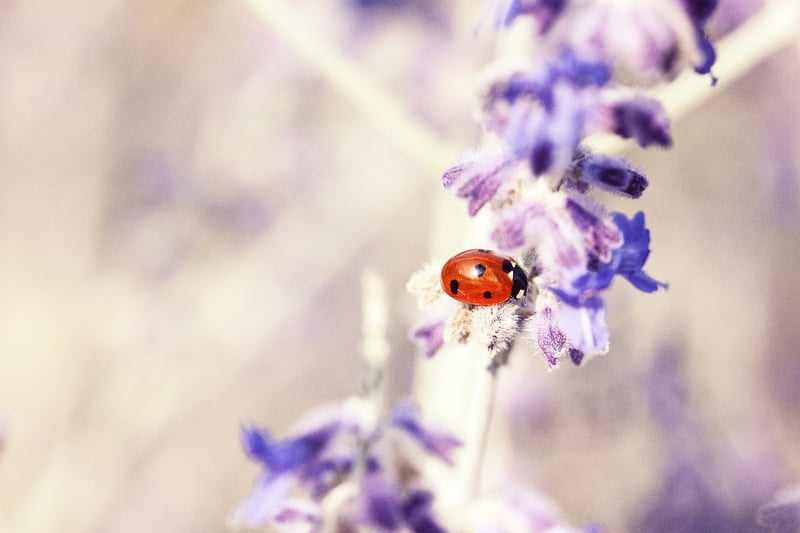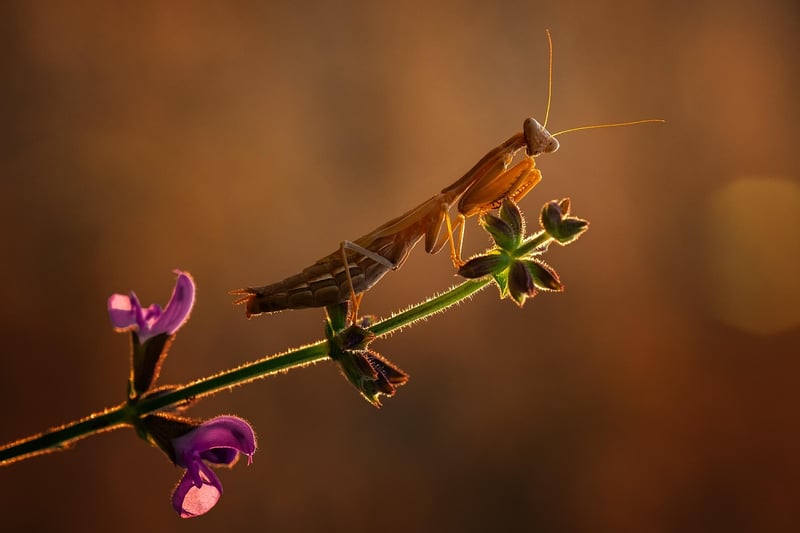Beneficial Insects
Keeping Your Plants Healthy with Beneficial Insects
Having a thriving garden involves more than just watering and fertilizing your plants. By harnessing the power of beneficial insects, you can naturally control pests and promote a healthy ecosystem in your garden. These helpful bugs act as natural predators, keeping harmful insects in check while reducing the need for chemical pesticides.
Why Beneficial Insects?
Beneficial insects play a crucial role in maintaining the balance of your garden ecosystem. By attracting these insects to your garden, you can effectively manage pest populations without harming beneficial organisms or resorting to synthetic chemicals that may have harmful effects on the environment.
Common Beneficial Insects
- Ladybugs: These colorful beetles feed on aphids, mealybugs, and other soft-bodied insects.
- Praying Mantis: Known for their voracious appetite, these insects prey on a wide variety of pests.
- Lacewings: Their larvae are adept aphid hunters, making them valuable allies in pest control.
- Hoverflies: Adults feed on nectar and pollen, while their larvae consume aphids and other small insects.
Attracting Beneficial Insects
To encourage beneficial insects to visit your garden, consider planting a diverse range of flowering plants to provide nectar and pollen. Avoid using broad-spectrum pesticides that can kill both harmful and beneficial insects. Additionally, providing shelter such as mulch, rocks, or insect hotels can create habitats for these helpful bugs to thrive.
Conclusion
By cultivating a welcoming environment for beneficial insects, you can effectively manage pests and promote a healthy garden ecosystem. Embracing these natural predators not only reduces the need for harmful chemicals but also enhances the overall biodiversity of your garden.



